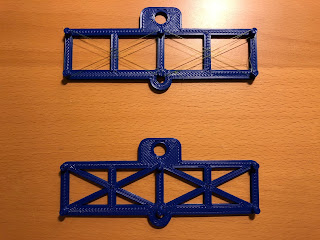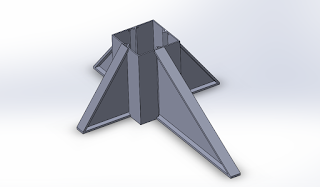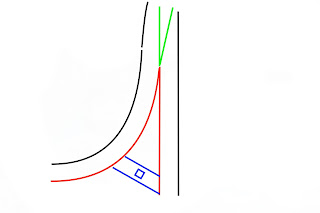November 29, 2017 - Week 14

For the past few weeks, the full-scale track section has been preparing for our presentation as well as coming with ideas that we can prototype and provide as an example for our design concepts. As the semester is nearing its end, I am about 85% complete with the track section and all its necessary components. The only two things left for me to complete on my end are integrating wayside power, and creating the mounting brackets for the track onto the columns. For our final presentation of the semester that we just had, we described our progress so far as well as any trouble we had come across. In order to demonstrate the progression of my design, I decided to 3D print a cross section of my trussing. To demonstrate the structural strength of having actual trusses as opposed to just cables, 2 models were printed out. This was done to shown that my new idea of using cables will be turned down as cables will only resist tensile forces, but not any compressive. These prints were able





